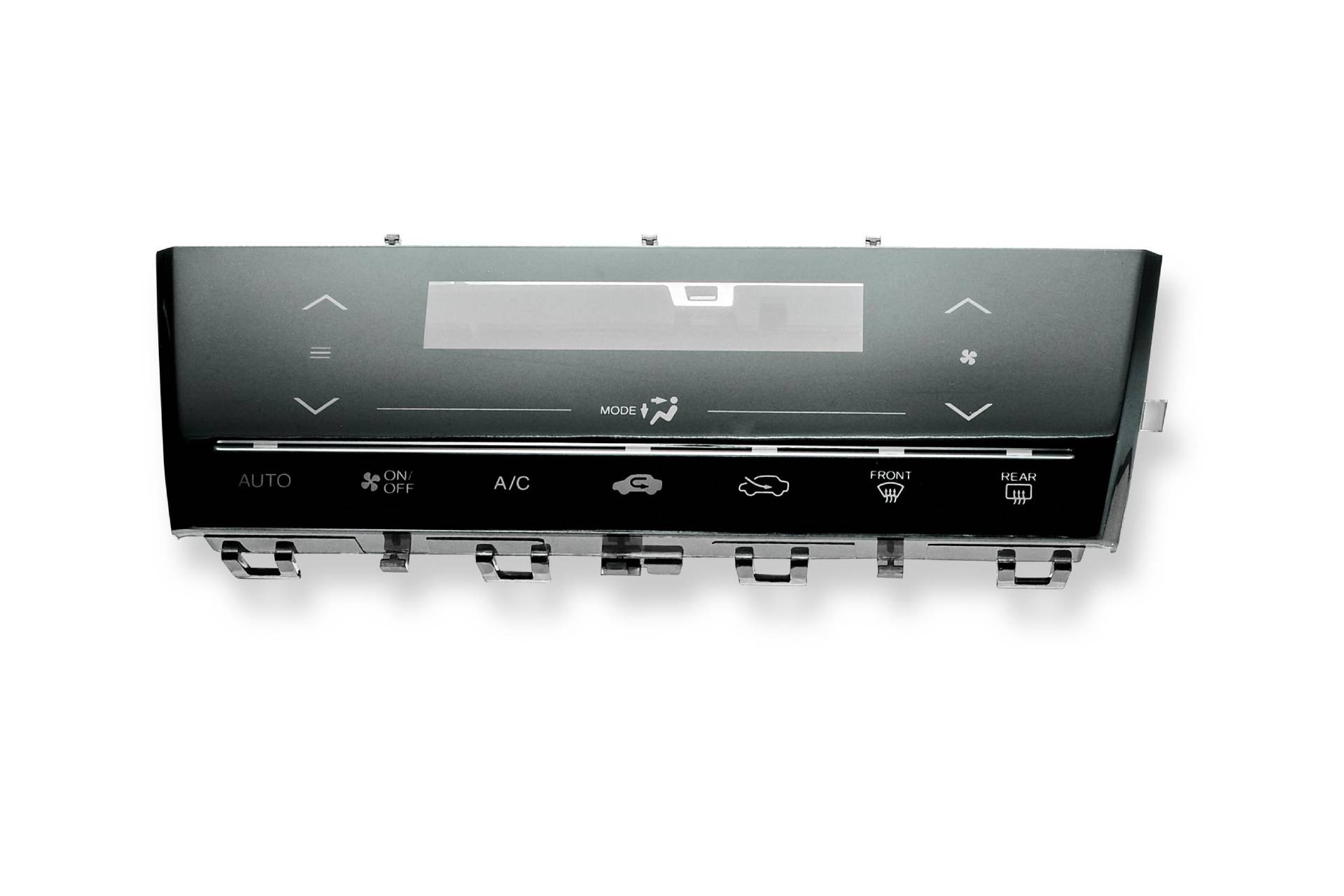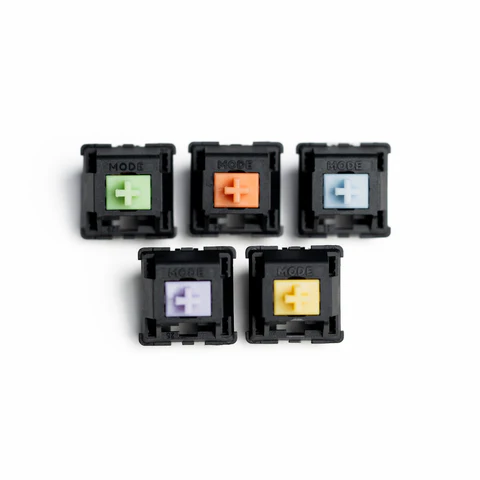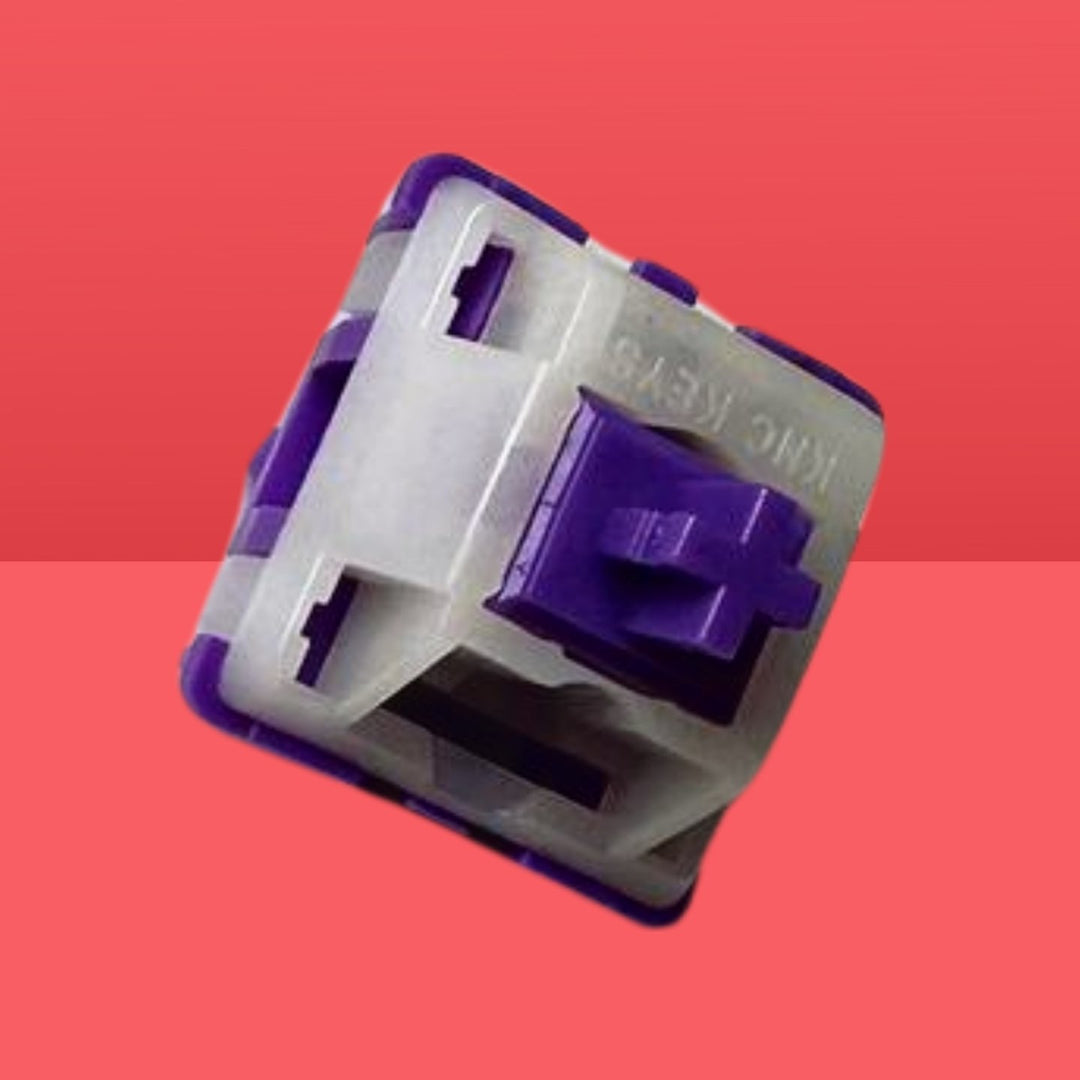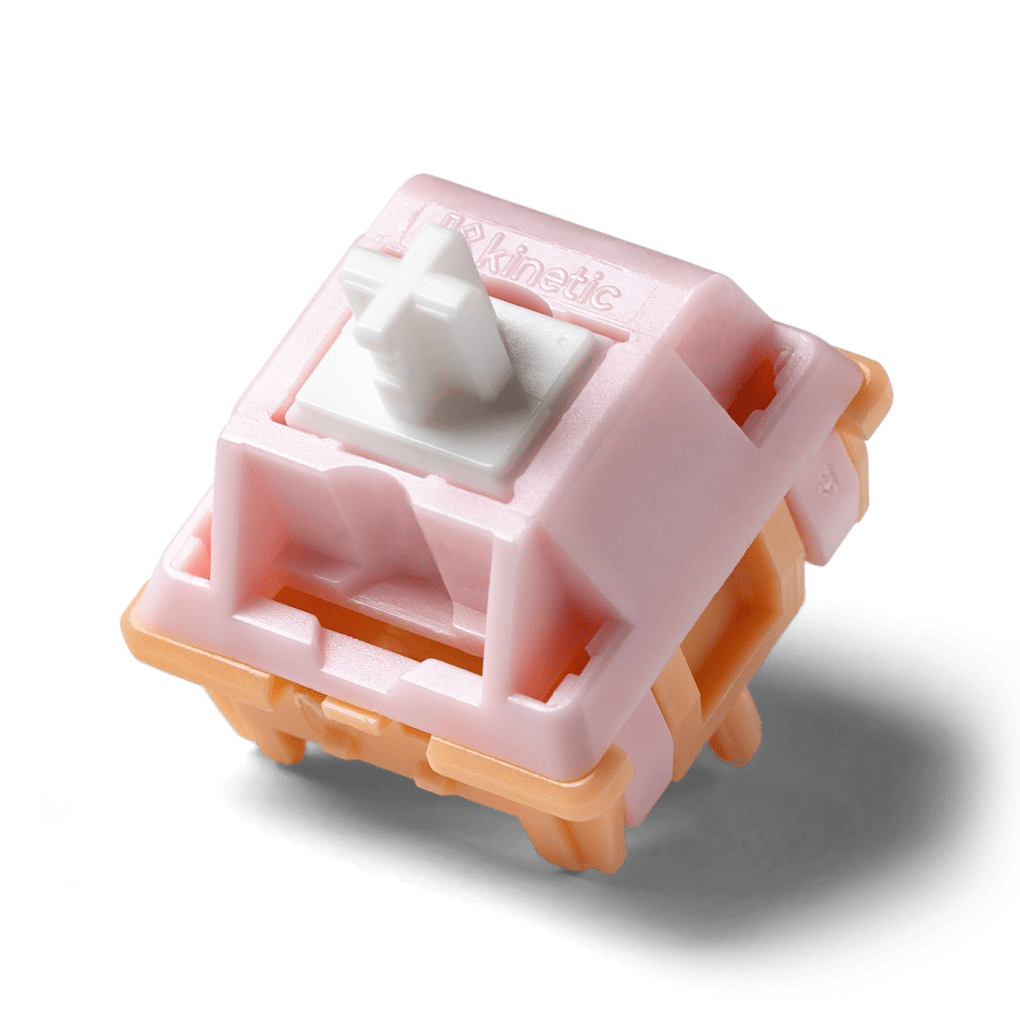Keyboard modders love experimenting with different brands of tactile switches for customized setups.
Comprehending the Perks of Tactile Switches for Enhanced Individual Experience
Responsive switches are important to contemporary interface, giving physical feedback that boosts interaction precision and customer complete satisfaction. These systems are especially beneficial in environments where rate and accuracy are extremely important, such as in video gaming or specialist settings. By supplying a distinctive feeling upon activation, tactile switches verify user inputs without the requirement to divert aesthetic interest, simplifying task implementation and lowering mistake prices. This blend of prompt physical reaction and integrity welcomes additional expedition right into their wider ramifications and advantages.
Discovering the Mechanics of Tactile Changes
To recognize just how tactile buttons improve user experience, it is important to delve into their auto mechanics. Responsive switches run with a system that individuals can feel and hear when a secret is pressed.
The construction of these switches differs, but usual products consist of steel for the contacts and rubber or silicone for the tactile dome - tactile switches. These parts are engineered to stand up to millions of cycles, ensuring durability and consistent efficiency in time. This integrity makes responsive buttons specifically favored in settings that require fast, exact customer input
Exactly How Tactile Comments Boosts Precision and Rate
Numerous individuals find that tactile responses from switches considerably enhances both the accuracy and speed of their interactions with devices. The distinctive physical feeling provided when a responsive button is actuated enables users to verify their input without needing to confirm visually. This confirmation is essential in settings where attention is divided across several jobs, as it guarantees inputs are both willful and right.
In addition, the prompt feedback from tactile buttons minimizes the time taken in between actions. Users do not need to push keys several times to make certain activation, resulting in quicker action times. This performance is specifically useful in high-speed keying scenarios where each millisecond can add to total productivity.

Furthermore, the enhanced sensory experience decreases individual tiredness and raises involvement, making communications much more instinctive and much less prone to errors - tactile switches. Hence, responsive buttons not only improve the capability of a device however additionally contribute to a much more gratifying individual experience
The Duty of Tactile Switches in Pc Gaming Efficiency

Additionally, tactile buttons add to faster response times. The physical experience verifies the essential press without the need to bad the secrets, enabling quicker inputs and a smoother pc gaming experience. This is especially valuable in games that demand fast and repetitive keystrokes, where rate click this is frequently as critical as accuracy.

Tactile Switches in Professional Environments
Responsive switches are equally transformative in specialist atmospheres, where efficiency and ergonomic layout improve performance. These switches, commonly located in high-precision keyboards, are treasured for their responsive responses - tactile switches.
In settings like control areas or studios, responsive switches are incorporated into tools for their trustworthy performance. They supply operators the assurance needed in high-stakes settings, guaranteeing that every command or change is executed as meant. This reliability, paired with the responsive reaction, aids preserve high levels of focus and operational effectiveness, important in maintaining process and meeting professional criteria.
Comparing Tactile and Non-Tactile Customer Interfaces
Exactly how do tactile interface contrast to their non-tactile counterparts? The main distinction hinges on the responses provided to individuals. Responsive user interfaces, such as those with physical switches or textured surfaces, use prompt physical comments with touch. This sensory feedback can enhance customer precision and rate, particularly in atmospheres where visual attention should be separated. Non-tactile interfaces, like those with flat touchscreens, depend on visual or article acoustic responses, which may not be as immediate or intuitively processed.
The option between responsive and non-tactile interfaces frequently depends on the application's context and user demands. Tactile interfaces are very useful in circumstances requiring procedure without straight line of sight, such as driving or check that in particular industrial settings.

Verdict
Finally, tactile buttons considerably boost customer experiences by offering crucial physical feedback. This comments raises accuracy and rate in both pc gaming and professional setups, reducing the possibility of mistakes and user tiredness. By using a more user-friendly and pleasing interaction, tactile switches show above non-tactile user interfaces, making them a preferred option for customers looking for reliability and performance in their interactions with innovation. Inevitably, these buttons represent a vital advancement in interface style.